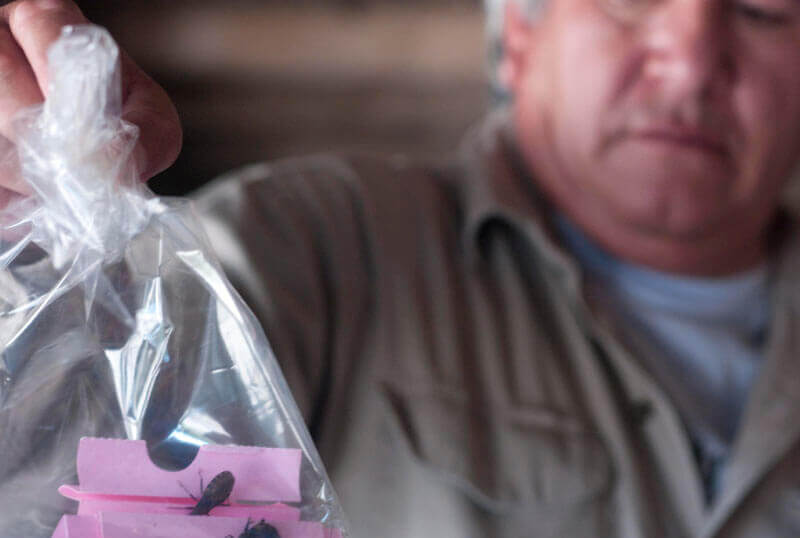In this guest post, Isabela Ribeiro, MD—head of the Chagas program at the Drugs for Neglected Diseases initiative (DNDi)—discusses the devastating toll of Chagas and ongoing efforts to develop new treatments and drug regimens for the disease.
 Valentine’s Day seems like a fitting occasion to shine some needed light on a disease that can begin with a late-night “kiss” but ends with a broken
heart.
Valentine’s Day seems like a fitting occasion to shine some needed light on a disease that can begin with a late-night “kiss” but ends with a broken
heart.
I’m talking about Chagas, the leading cause of infectious heart disease in Latin America. The T. cruzi parasite that causes the illness is transmitted
by the “kissing bug,” a blood-sucking insect found in the Americas that thrives in houses made from straw, sticks, and adobe brick. Kissing bugs feed
at night, biting the face, sometimes around the lips (hence their name), where they can deposit feces infected by the T. cruzi parasite.
Chagas disease can also be transmitted from mother to child or even through blood transfusions. The acute stage of Chagas disease happens soon after infection.
But the chronic stage lasts a lifetime as the parasites hide in the heart and other organs. More than 30 percent of those infected will develop serious
cardiac, digestive, or neurological disorders. Up to eight million people are infected and more than 12,000 deaths occur each year, in most cases from heart failure.
What is so remarkable about this silent killer is the deep neglect that surrounds it. Chagas is endemic to all countries in Latin America and increased
migration and population movement means there are now cases throughout the world, including approximately 300,000 in the United States.
Less than 1 percent of those infected around the globe are estimated to be on treatment. Only two drugs exist to treat Chagas disease—benznidazole
and nifurtimox. Both are effective, but have undesirable side effects and require a long treatment course.
Nevertheless, governments can and must do much more to scale up access to testing and treatment with these existing tools. In the United States, neither
drug has been approved by the US Food and Drug Administration. Treatments are only available through the US Centers for Disease Control and Prevention
under investigational protocols and compassionate use.
The past decade has seen new actors enter into Chagas research and development (R&D), including DNDi, the
Sabin Vaccine Institute, and other institutions. New technologies are enabling researchers to screen much larger
libraries of compounds for potential drug candidates. The first clinical trials for Chagas in more than 40 years are being held, providing both new formulations and new regimens of existing drugs and desperately-needed knowledge and data about this poorly understood disease.
Drug discovery is a slow process with many ups and downs. One class of antifungals known as “azoles” generated a good deal of hope, but recent clinical trials have shown that they are not as effective as current drugs.
Nevertheless, DNDi is currently looking into combination treatments with these drugs.
Increased open collaboration should hopefully lead to new drug candidates. One important development is DNDi’s Lead Optimization Latin America project,
which is a rare example of early R&D for neglected diseases taking place in an “endemic” region.
There is still a long way to go to break the silence around this disease and ensure the needs of millions of neglected patients are met. As is often the
case with neglected diseases, it is the poorest and most vulnerable communities that are the most affected. New technologies to test, treat, and prevent
the parasite hold the key to future progress against Chagas disease, but a larger global effort is needed today to scale up access to treatment for
those who need it most.

 Valentine’s Day seems like a fitting occasion to shine some needed light on a disease that can begin with a late-night “kiss” but ends with a broken
heart.
Valentine’s Day seems like a fitting occasion to shine some needed light on a disease that can begin with a late-night “kiss” but ends with a broken
heart.